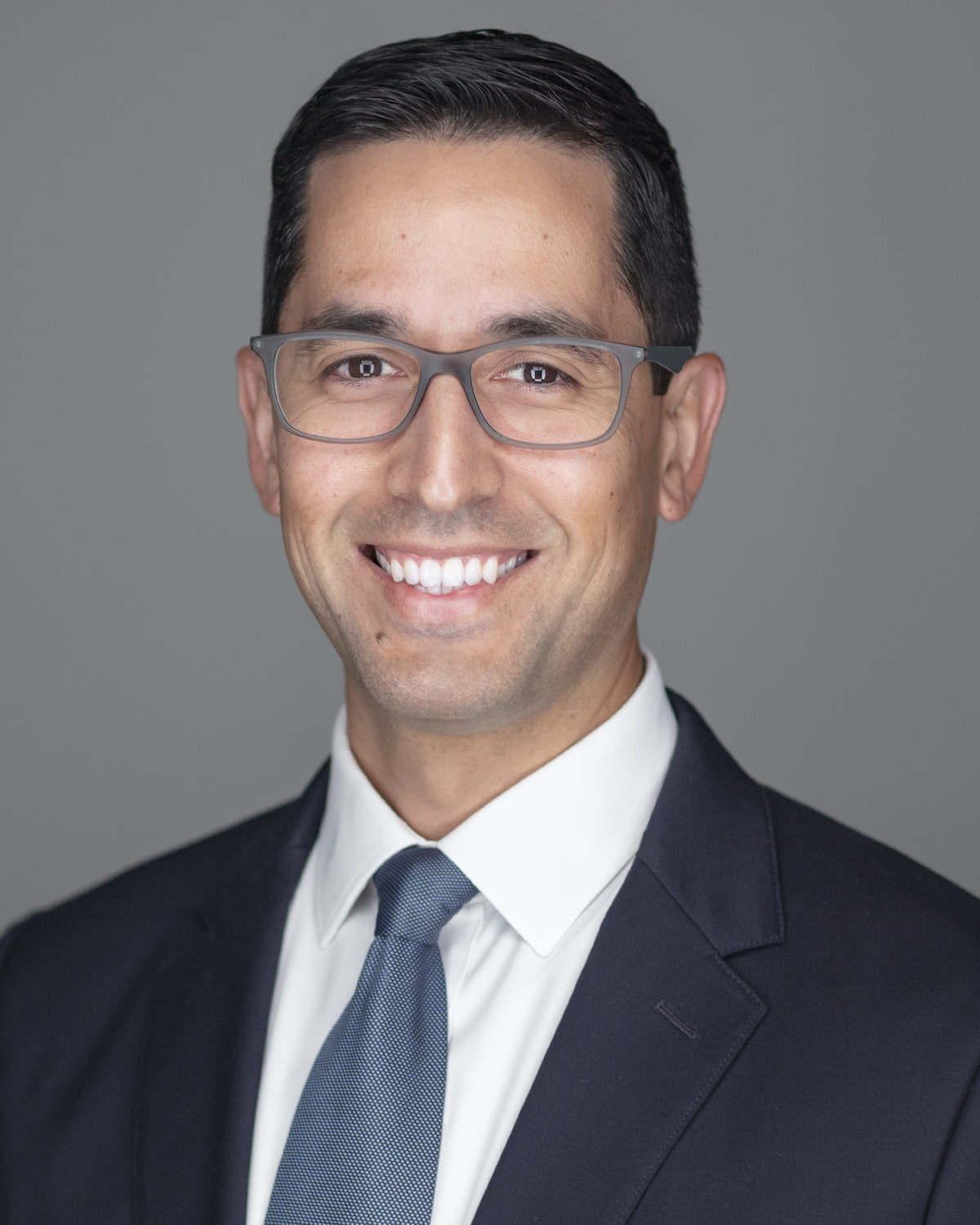
Winter 2022
Empowering SBM Members to Advocate for Health Policy Change in Their Local Community
Brian D. Gonzalez, PhD; Member Delegate
SBM has reimagined its advocacy for changing health-related policies over the past few years. Under the leadership of former Advocacy Council Chair, Dr. Joanna Buscemi, SBM implemented the Health Policy Ambassadors program to train, equip, and support your fellow SBM Members who volunteer to form long-lasting relationships with federal legislators from their state or district. I joined the Advocacy Council in 2020, where I have seen up-close the work by current Advocacy Council Chair, Dr. Roger Figueroa, and the many Health Policy Ambassadors. Concurrent with this federal-level advocacy, there’s much individual SBM Members can do to advocate for health policy change at the state and local level. State and local policymakers could include state- or county-level legislators and/or executive officers who can change policy. I see three main benefits of advocating locally: significant influence, more approachable policymakers, and fewer barriers from policymakers to health policy change locally.
First, each of us has significant influence at the state and local level. Your vote represents a much higher percentage of the electorate for a state legislator than it does to a federal legislator. The influence of a single voter on a state legislator is therefore amplified. Your impact can improve further as you zoom in to county and city legislatures. This is even stronger if you are a registered (and active) voter in the relevant jurisdiction.
Second, advocacy at the state and local level gets around one common objection to enacting health policy at the federal level. A legislator acting in good faith while considering a new policy would ask themselves “Is this policy within my purview?” Many worthwhile health policy ideas can run afoul of this question. Our system of government grants to states, not the feds, the power to regulate health. Regardless of the prudence of this setup, some federal policymakers may hesitate to, for example, enact a ban on indoor tanning for minors because they worry it’s not appropriately within the purview of the federal government. Not so at the state level. Because states have “general police power,”1 they’re generally able to enact any policy that isn’t restricted by their state constitution.
Third, Congress is broken. Even when there’s unified control of political branches under one political party, very little gets done. Congress is often less effective when there’s divided government, as there will be for the next 2 years. But state and local legislatures are less dysfunctional and more willing to compromise. Sticking with the example of indoor tanning for minors, this is banned in progressive states like California and New York but also in conservative states like Texas and Oklahoma.2
There is much progress to be made on health policies at the federal level, where SBM has focused its efforts. And you can amplify this at the state and local level using tools SBM has posted on its Advocacy web page. There, you can find tools for contacting your legislators, SBM’s recent policy position papers, and learn more about the Health Policy Ambassador program. Gradual progress at the state and local level would be very impactful to residents where you live. And this progress would encourage federal legislators to make or incentivize improvements in health policies.
I look forward to continuing to serve at the Advocacy Council and at the Board of Directors as your Member Delegate. And I welcome feedback and comments on this and any other topic. You can reach me at Brian.Gonzalez@Moffitt.org.
References:
- Legal Information Institute. Police Powers. Cornell Law School. Accessed November 17, 2022, 2022. https://www.law.cornell.edu/wex/police_powers
- National Conference of State Legislatures. Indoor Tanning Restrictions for Minors | A State-By-State Comparison. Accessed November 17, 2022, 2022. https://www.ncsl.org/research/health/indoor-tanning-restrictions.aspx
